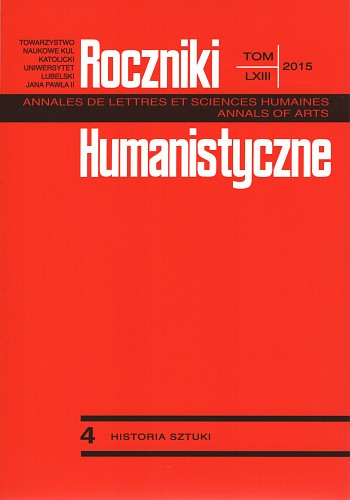Od Ogrodu Hesperyd do „Cytrusomanii” w ogrodach europejskich władców w XVI-XVIII wiek - Symbolika i historia uprawy roślin cytrusowych
From the garden of Hesperides to “Citrus mania” in the gardens of European rulers in XVI-XVIII centuries - the history and symbolic use of citrus plants
Author(s): Seweryn MalawskiSubject(s): Cultural history
Published by: Towarzystwo Naukowe KUL & Katolicki Uniwersytet Lubelski Jana Pawła II
Keywords: gardens;Medici;August II;citrus;orangery
Summary/Abstract: The history of growing citrus plants dates back to ancient times but in the Renaissance era they gained particular importance as an element of garden art. At that time they became popular for their decorative and symbolic significance, as well as their originally intended purpose.The first documented use of citrus fruit as “garden art” took place in the garden of the Medici at Castello near Florence. During this period, citrus fruits were identified with the mythical “golden apples” of Hesperides. This fact was used by the Medici family in the garden to create a political message. The great collection of container plants including citrus was also held in Versailles, by French King Louis XIV. From that time the conservatory and orange parterre have become a sig- nifi cant element of garden composition and program.The Elector of Saxony and the King of Poland - August II the Strong was also a great lover of citrus fruits. Similar to Cosimo I de’ Medici, he identified himself with the mythical Heracles, and in his gardens in Dresden and Warsaw amassed huge collections of those plants - especially the bitter oranges which bear “golden” fruits. The last Polish king, Stanislaw August Poniatowski, was fascinated by citrus cultivation, as was Tsar Alexander II, who repurchased part of August II collection and built a new orangery in Lazienki Park in Warsaw for its maintenance.
Journal: Roczniki Humanistyczne
- Issue Year: 63/2015
- Issue No: 04
- Page Range: 59-84
- Page Count: 26
- Language: Polish

